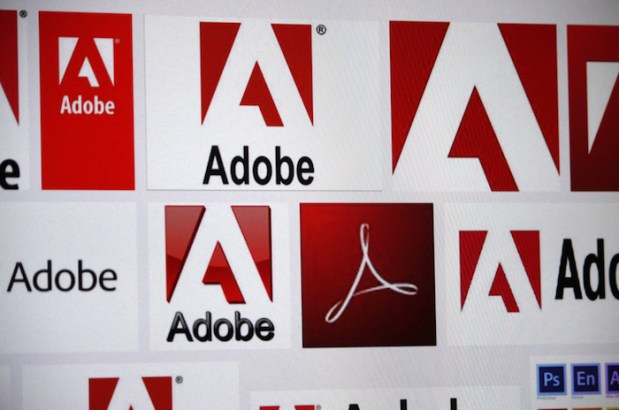Adobe Is The Newest Claimant To Beacon’s In-Store Crown

Adobe is a household name to people in dozens of industries. Not only has its photo-processing software managed to endure the age of digital piracy, but a large part of Web and mobile entertainment options runs off its Flash product. In short, few can claim the pedigree that Adobe does when it comes to digital product support.
And it’s that exact legacy that may have some retailers rejoicing and Adobe’s competitors fretting that it’s now entering the battle for in-store marketing supremacy.
Fast Company has the story of Adobe’s “Store of the Future” — a proof-of-concept brick-and-mortar storefront in Las Vegas designed to highlight how retailers are attempting to drag in-store shopping into the digital age, as well as how Adobe thinks it can do it all better. Beacons, of course, feature as a lynchpin of the store’s infrastructure, pushing targeted notifications and offers to appropriate shoppers, but the tech that might put the “future” in Adobe’s “Store of the Future” isn’t location-based marketing sensors but rather RFID tags and what Adobe and IoT startup and partner Twyst are calling “Smart Internet Connected Bags.”
While the name is decidedly unsexy, how it operates decidedly is. As customers place items also equipped with RFID tags into the bag, those potential purchases are immediately registered to a central system. So, before customers even approach the checkout counter or happen upon an associate, retailers can determine whether customers in question might be amenable to upsells. Twyst’s smart bags also innovate — perhaps reinvent is the better word — the checkout process. The bags are made of two detachable shells, and instead of spilling their purchases over a checkout counter or even waiting in line to do so, shoppers need only pull the inner bag from the outer one and walk out the door. Embedded RFID tags and the running tally of what’s in the bag automatically charge connected credit cards, and customers can go on with their days.
While a bag that automatically checks customers out might seem like a gimmick, it and the other futuristic innovations Adobe is working on are all connected by a similar thread: the need to view customers in reliable context. Ray Pun, head of product marketing for mobile solutions at Adobe, told Techvibes that many of the announcements the company made at the 2016 Adobe Summit were centered around not just collecting more information from customers but also employing that data to keep those same shoppers in situations and in front of information that they’ve demonstrated interest in. Director of Marketing Cloud Technical Marketing Marc Eaman explained at the conference to a nonplussed audience that Adobe has finally found a way to direct a customer searching for helmets online to similar pages on mobile, apps or wherever they prefer to go.
“It’s probably taken us two years to solve this problem,” Pun told Techvibes. “So, it hasn’t been a trivial amount of R&D work … The app stores haven’t tried to solve it. Folks like Facebook have jumped in, but ultimately, you’re not doing all your marketing through Facebook or Google, so [Adobe’s] Marketing Cloud is where it belongs.”
As the links between commerce platforms grow to be as, if not more, important than the individual platforms themselves, solutions like the ones Adobe is putting forward will likely pay major dividends to the retailer innovative enough to give them a try. Pun himself acknowledged that some retail execs have begun to wonder about managing sudden surges in traffic away from desktop sites and toward mobile.
“We’re seeing executives say, ‘We see in the data that mobile is 50 percent to 80 percent of our traffic. What are we doing about that?’” Pun said.
For Adobe, it’s good enough that they’re asking these questions. Sooner or later, they just might turn to it for the solutions they don’t have.
